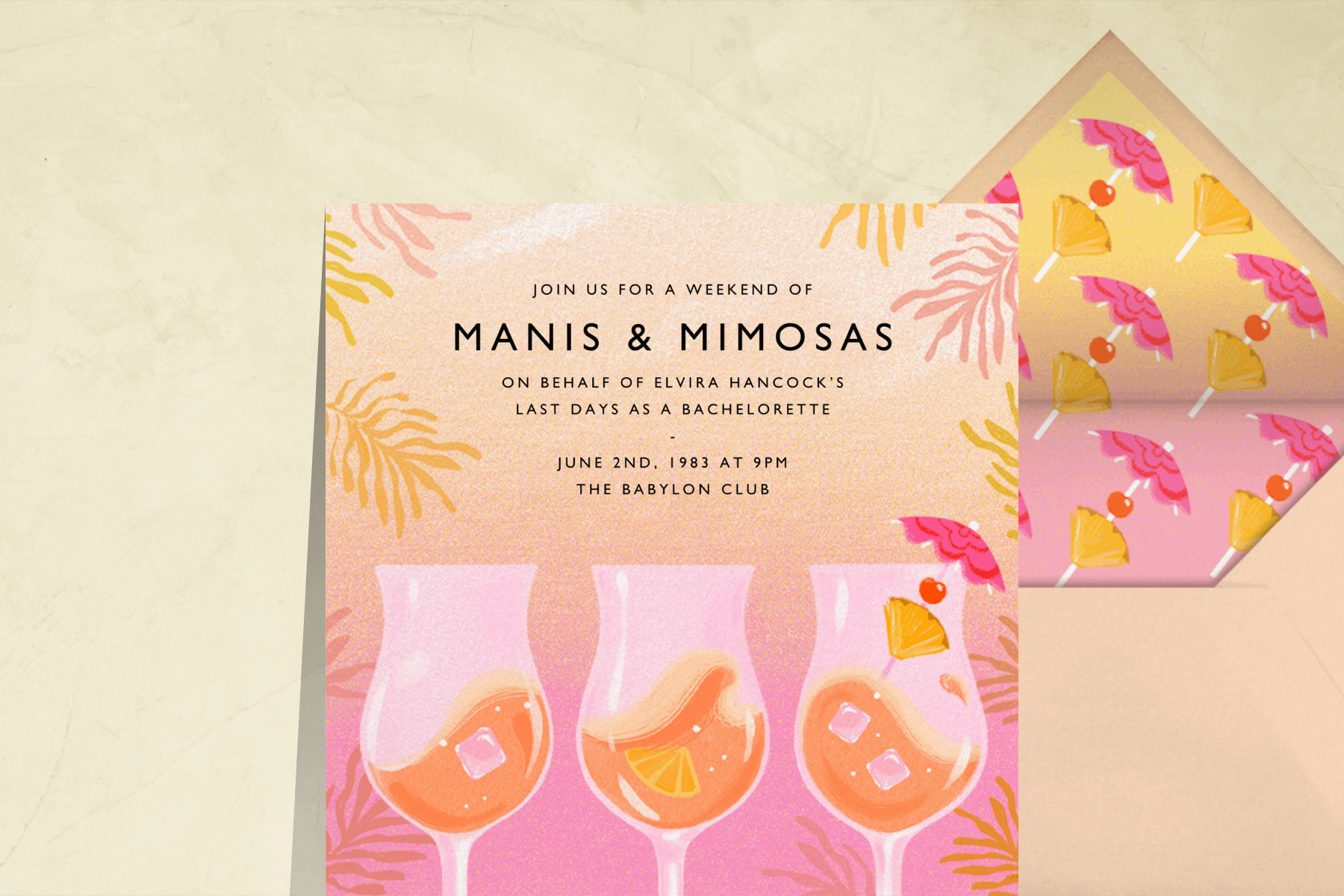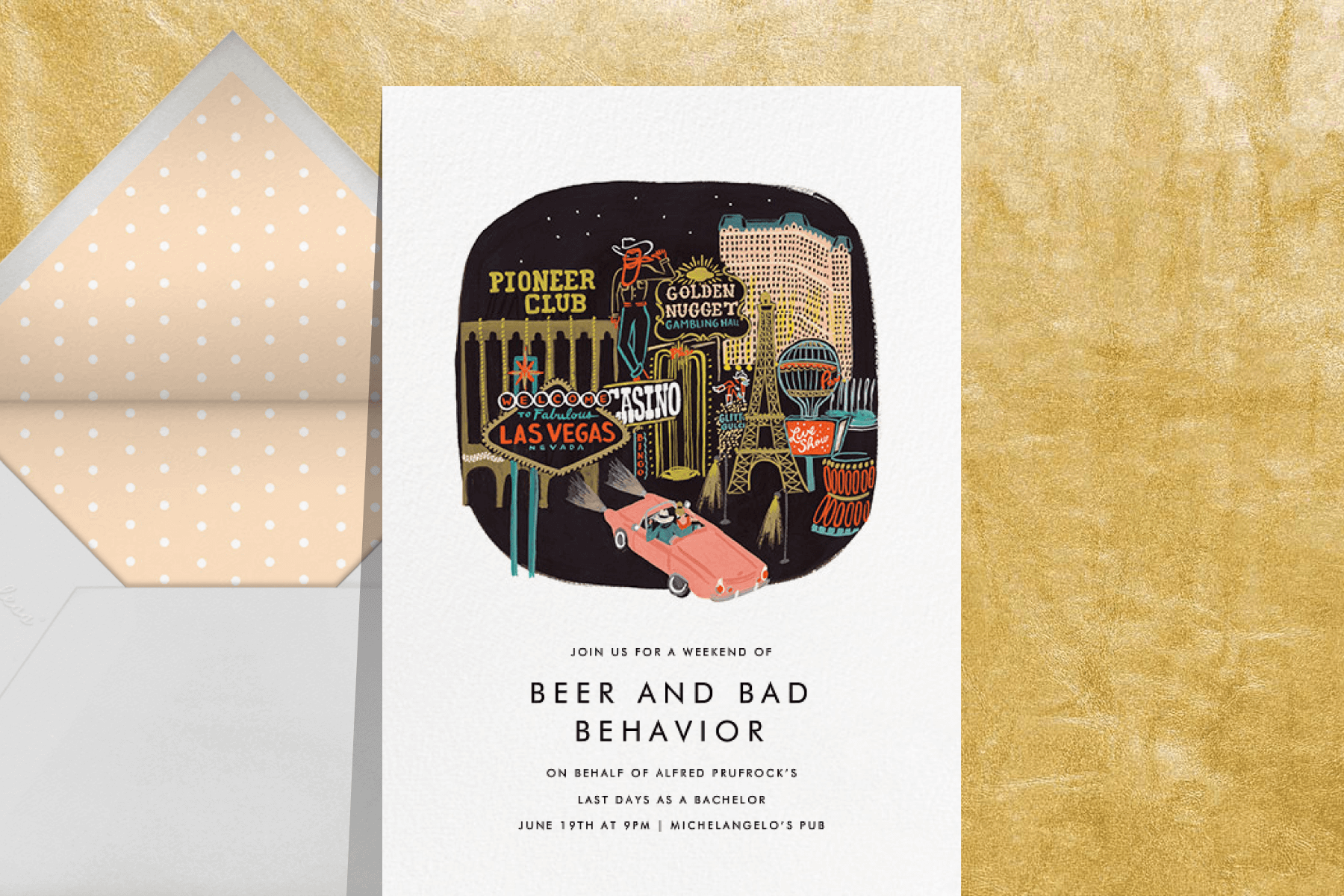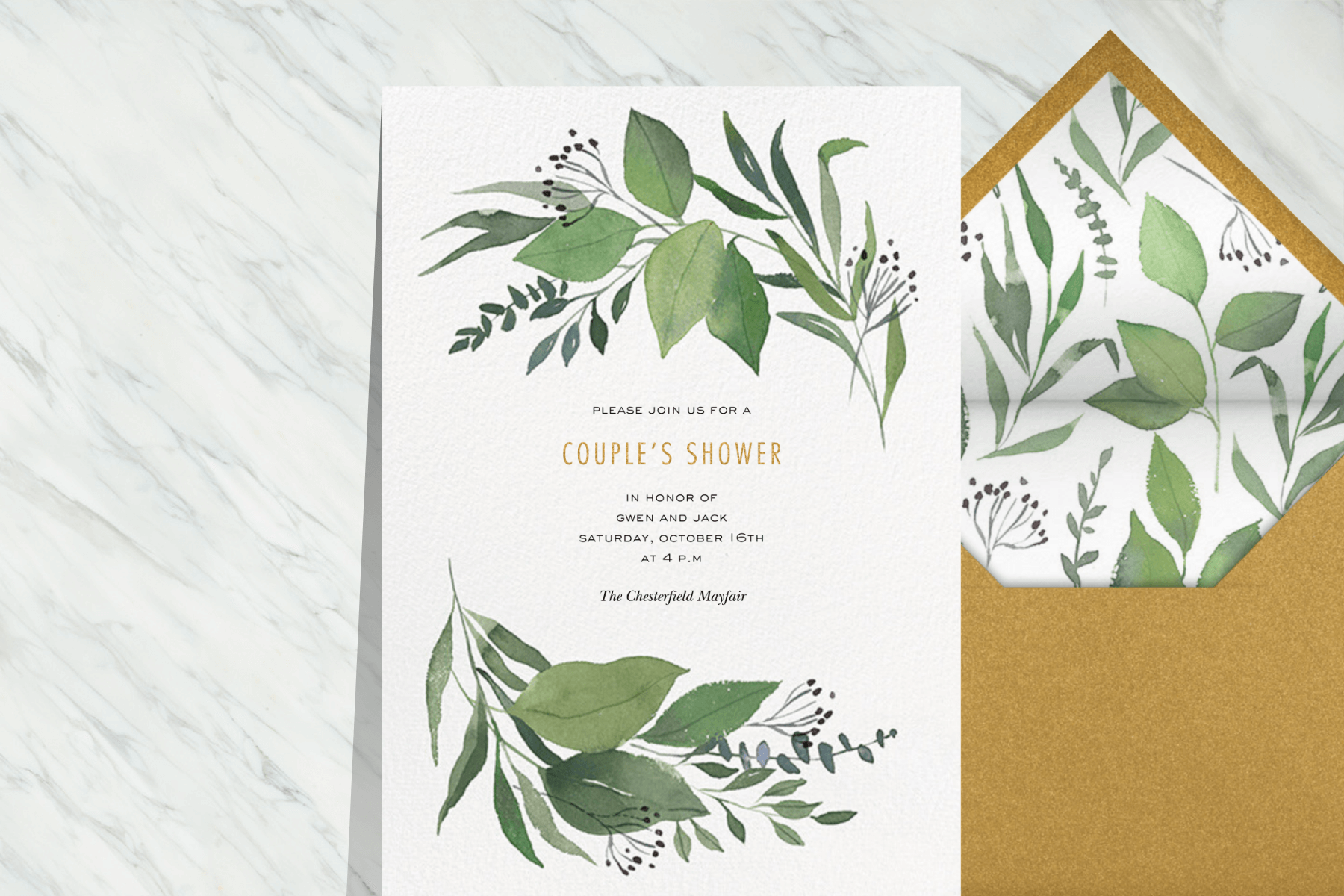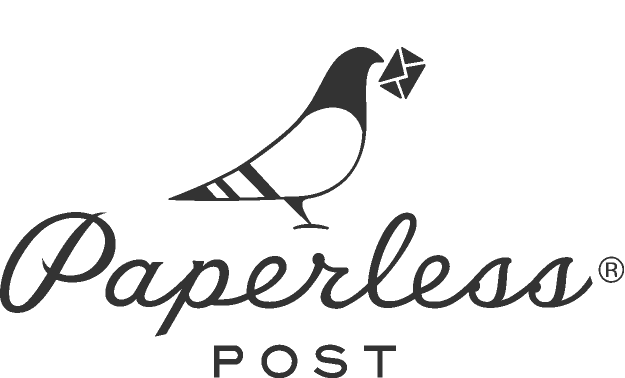How to give a wedding toast like a pro
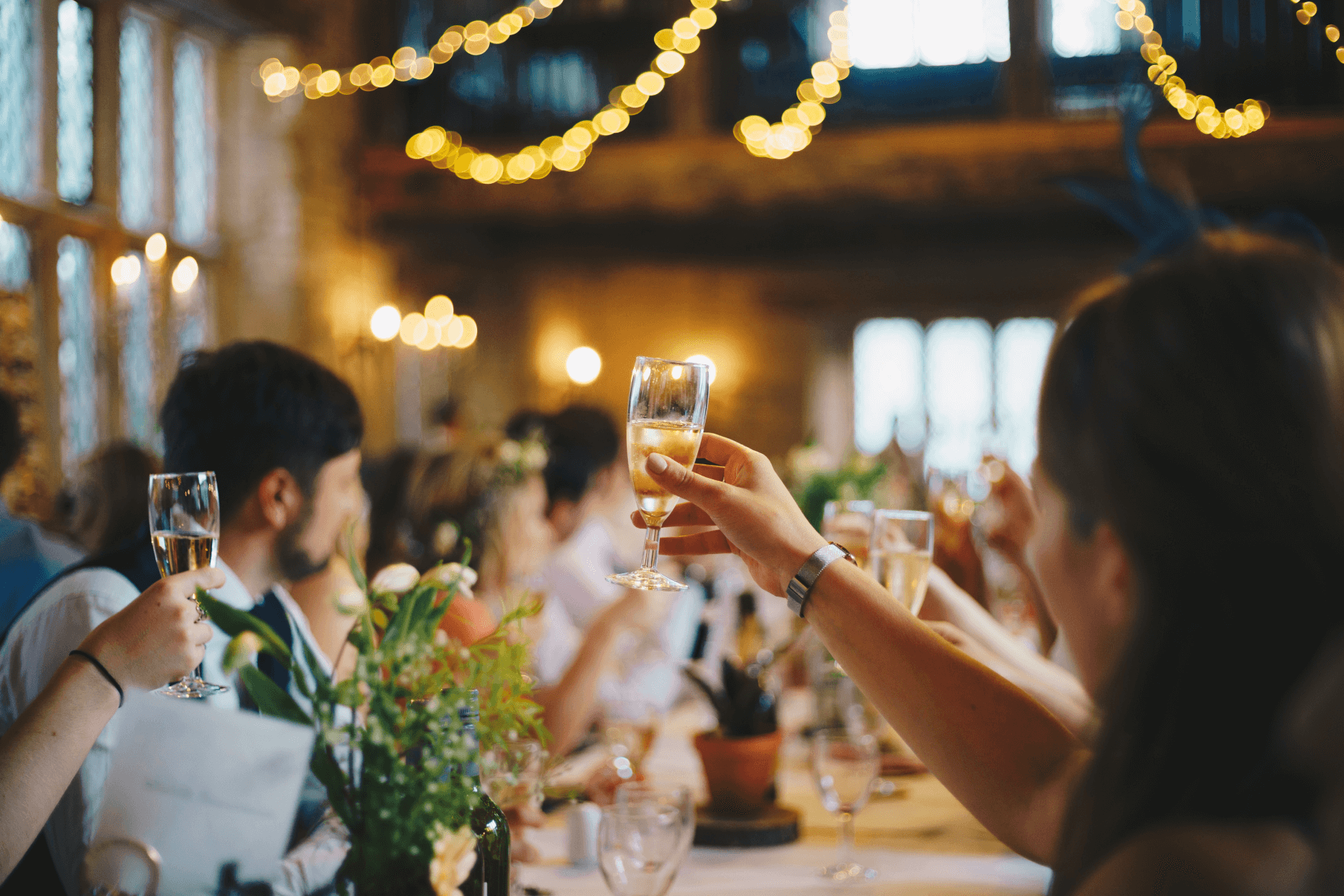
Being asked to make a toast at a wedding is one of the greatest honors a friend or family member can bestow upon you. Out of all the people attending their big day, they consider you—yes, you!—to be the one most capable of crafting a meaningful, thoughtful, and entertaining wedding speech for everyone to hear. You should be thrilled, right?
Well, yes! Except that for many people, public speaking of any kind—let alone doing it on what’s arguably the most important day of your loved one’s life—is a slightly terrifying concept. What should you say? How should you say it? And should you mention that time you and the bride were studying abroad and wound up on a yacht at 2am and…
Don’t start spiraling just yet. With the right mindset, some helpful advice, and an appropriate amount of preparation, making a wedding toast can be as enjoyable for you as it is for the happy couple to hear it. So we chatted with best-selling author Jennifer J. Fondrevay—a professional keynote and TEDx speaker who knows more than a thing or two about engaging an audience—to learn how to write a wedding toast that outshines the rest.
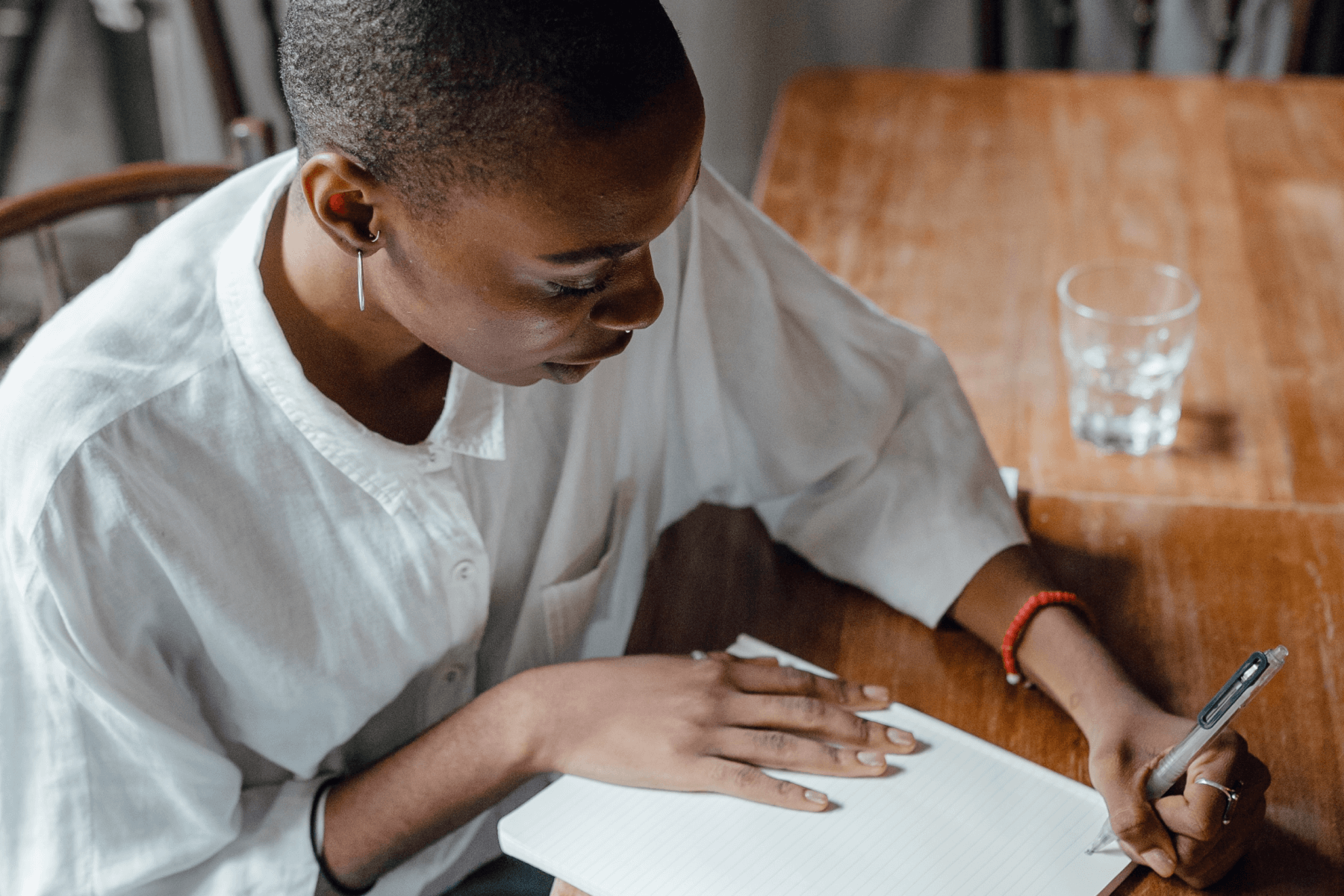 Image by Ketut Subiyanto.
Image by Ketut Subiyanto.
Table of Contents
How to write a wedding toast
Focus first on the content of your wedding speech rather than the finished product. Presumably you’ve been asked to make a toast because you’ve got a bit of history with at least one half of the happy couple—so jot down some of your best memories of that person.
Says Jennifer, “People love [hearing] stories. It takes them back to that moment and reveals a side of the person they might not know. People know the bride or groom through different stages, so stories that reveal something about them share an additional perspective.”
She recommends writing down a bunch of stories, and then looking back at the list to pull out the ones that do the best job of bringing the bride or groom to life. For example, if you know them from college, compile anecdotes about fun times you had at the bar together, the time she stalled out driving stick shift on a road trip, and the time she got busted for having a fake ID.
Be careful not to insert yourself too much. “Don’t make the speech all about you and your relationship with the bride or groom,” warns Jennifer. “Your muse is the bride or groom, and the speech is not just about him or her, but it is about how you’ve seen this person transformed by their relationship.”
How to practice delivering a memorable wedding toast
As with most things, practice makes perfect when it comes to giving a great wedding toast. This is not the time to wing it. Practicing ensures that your delivery is strong, and that your wedding speech is the right length—between five and seven minutes, or 1,000 to 1,200 words. “Anything longer feels like it drags on,” Jennifer explains. “There are other speeches for people to listen to, and you’re keeping people from talking at their table or enjoying their food.” In other words, don’t overstay your welcome in the spotlight.
Practice reciting your toast at least a couple of times before the wedding, or until you feel good about it and comfortable with your delivery. Remember to factor in pauses for laughs, and giving people time to catch up. If you’re not sure how to tie everything together, Jennifer recommends imagining yourself in a more familiar storytelling scenario:
“Imagine yourself sitting on a barstool talking to friends, along with your new friend, the bartender. You can engage the people you know well, as well as people you are just meeting with your stories.” The typical noisiness of a bar is also a good standard in terms of voice projection. “You want to talk so that your friends can hear you, but you also want the bartender to be engaged. Speak at a pace where someone you’ve just met and your friends can both hear you.”
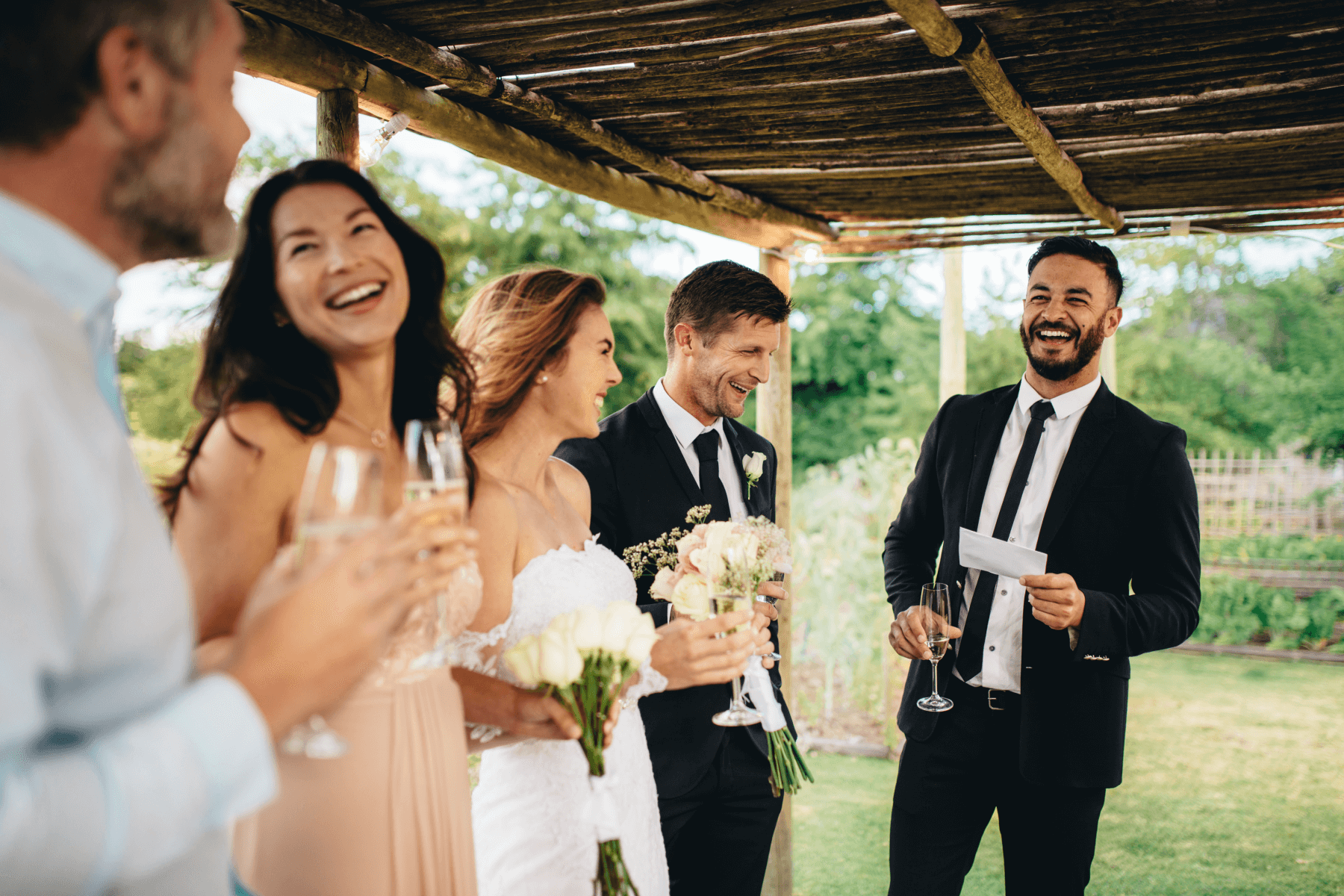 Image by Jacob Lund.
Image by Jacob Lund.
What to avoid when giving a wedding toast
Personal touches and anecdotes are imperative to a great toast. But there are certain things Jennifer strongly advises against including, such as:
- Religion and politics: “Unless you can bring the couple’s church into the story in a funny way (e.g. ‘Who knew we could love a Lutheran like we love Luke?!,’ as said by the maid of honor at a Catholic wedding), keep religion and politics out.”
- Rude humor: Avoid curse words and off-color jokes at all costs. Remember, you’re speaking to a varied audience—including many people you may not know.
- Being overly critical or teasing: “Never make fun of the bride or groom,” says Jennifer. “This speech is about building them up, not exposing faults.”
- Adding A/V: Showing a slideshow or video may seem like a good idea, but it’ll likely end up causing more of a hassle. “It breaks your connection to the audience,” Jennifer says. “Unless you are a stand-up comic who does a killer bit with it (and I have yet to meet this comic), I would avoid it at all costs. Besides, you want people staring at you as you tell a story, not looking at a slide that transports the person back to their worst business meeting.”
- Going on too long: Stick as close as you can to that five-to-seven minute sweet spot. “If you see people sneaking breadsticks, it’s time to wrap it up!”
How to calm your nerves when making a wedding toast
Even the most seasoned public speakers can get a little jittery under certain circumstances. Jennifer’s advice? Be prepared, bring backup, go easy on the bubbly, and think big-picture.
- Know where to go: Don’t be caught unawares when it’s your turn to speak. Make sure to meet the person in charge of the microphone (usually that’s the wedding planner or DJ) as soon as you get to the venue. “You want to make sure they have your A/V set up well, and you need to know who is going before and after you so you can tee up your mic acceptance and handoff with ease.”
- Come with notes: “No one is judging you on your speaking capabilities, what they want to hear are your stories. If notes help you remember all your stories then by all means use them.” And about those notes—keep them short and sweet. “I recommend writing the highlights of the story, not the whole thing. This keeps you from simply reading your speech. You want to be looking at the bride and groom as you tell your stories, not the piece of paper.”
- Imbibe in moderation: “You can have some bubbly, but don’t go too far because you’re nervous. Liquor might seem like a great equalizer, but at the worst moment, your mind will go straight to imposter syndrome. Find a place to put your drink down during the toast—you need to be able to hold your notes and the microphone.”
- Keep things in perspective: “Remember,” says Jennifer, “it’s not about you. It’s about the person or couple you are talking about. We tend to get nervous about speech-giving because we think people are judging us and our ability to speak. But in this case, people just want to learn more about the bride or groom. You’re not being graded—you’re sharing memories.”
Wedding toast ideas and examples
Now that you’ve gathered your best stories and determined what not to include in your wedding toast, you can lay everything out with a template or outline. “An outline helps you start the process,” says Jennifer. “It gives you a way to look at your speech so you aren’t overwhelmed with the thought, “Where do I start?!?”
Here’s a simple outline to get you going on your wedding toast:
- The intro: Begin by introducing yourself to the other guests, and briefly explaining your relationship to the couple of the hour. Jennifer recommends kicking things off on a light note: “One of my favorite introductions that my cousin gave at her brother’s wedding started this way: ‘I have known the bride and groom since college, which means I have a lot of dirt. Not sure why either of you agreed to let me have the microphone!’”
- Thank the hosts: Whether it’s the parents or the newlyweds themselves, it never hurts to mention what a wonderful party they’ve thrown for everyone, and how thrilled you are to be involved.
- Add in supporting memories or stories: Here’s where to tell those stories you spent all that time compiling! Pick a few of your favorites, and keep the length in mind. It may help to read them over with someone as you practice—they can tell you which details they think are most important, and which might have more meaning to you than other people.
- Congratulate the newly married couple: Start wrapping things up by mentioning how happy you are for the newlyweds—afterall, this wedding is about both of them!
- End with a toast: Ask the rest of the guests to raise a glass in their honor, and offer some words of encouragement and hopes for their wonderful future together.
Online invitations for every wedding-related event
Congrats! You’re now a wedding toast-giving professional. But what if the toast isn’t the only wedding-related duty you’ve been asked to perform? On the bride’s side, it’s traditionally the Maid of Honor who gives a toast—and often it’s the same person who plans the bachelorette party and shower, too.
Make things easier on yourself by sending guests online wedding shower and bachelorette party invitations from Paperless Post. Not only are they beautiful, quick to customize, and cost-effective, but they make tracking RSVPs and messaging guests a breeze. No matter what kind of wedding event invitations you’re looking for, you’ll fall in love at Paperless Post.
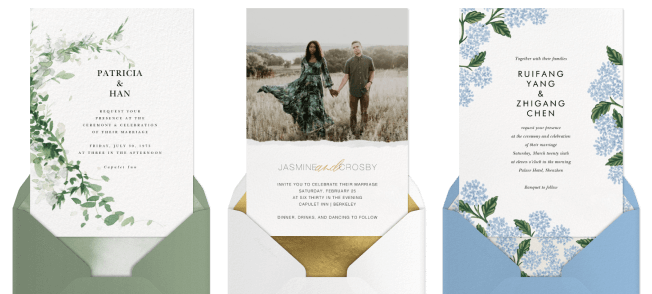
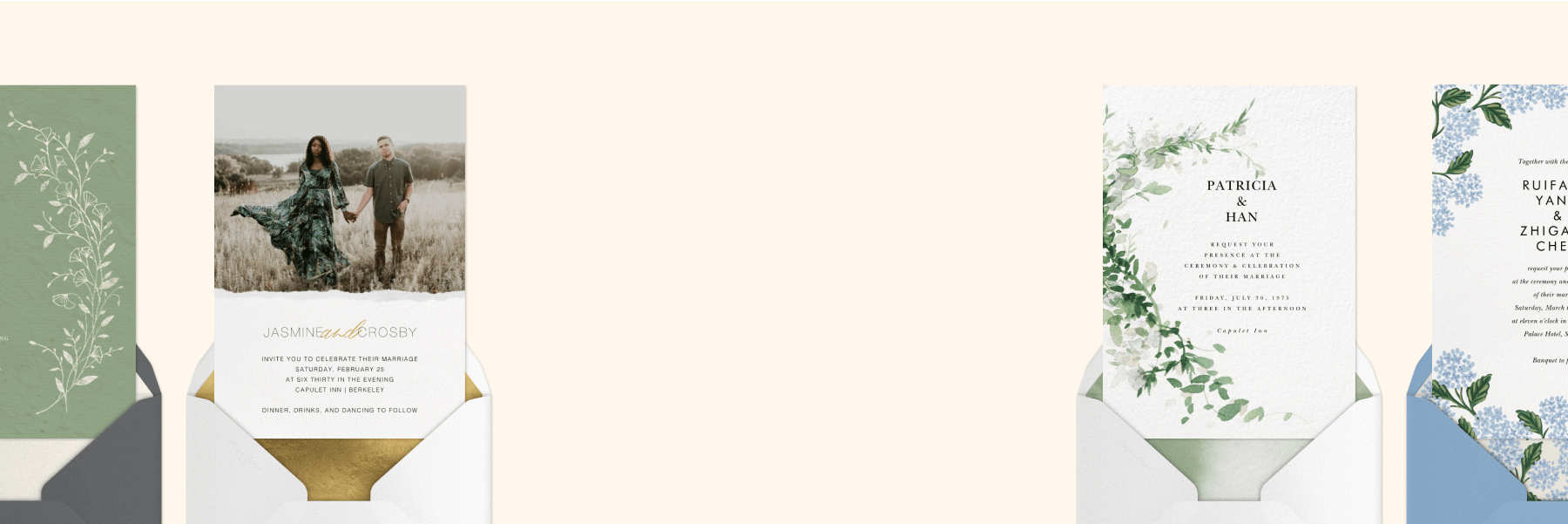 One-of-a-kind wedding invitations
One-of-a-kind wedding invitationsCustomizable designs from Oscar de la Renta, Rifle Paper Co., kate spade new york, and more.


Customizable designs from Oscar de la Renta, Rifle Paper Co., kate spade new york, and more.
